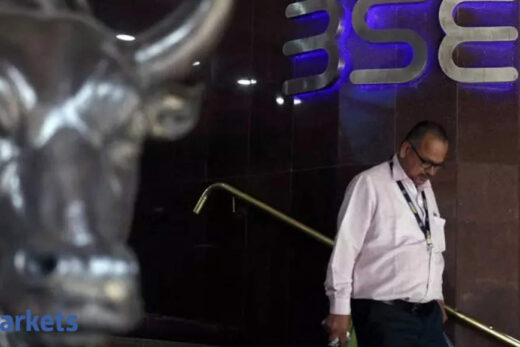RBI’s working group on digital lending has sought details from Google on its criteria for onboarding fintech loan apps on its play store platform and the parameters these digital lenders follow.
The banking regulator is also seeking details on
Google’s recent review exercise on online loan apps that proliferated on its platform, after which it removed in January more than 400 such apps deemed to be in violation of its policy. Many of these apps were backed by Chinese entities and flagged by regulatory authorities and state police departments for unlawful lending practices.
“The RBI working group has been seeking a lot of suggestions from industry groups, Google and lenders engaged in business with digital lenders to put in place elaborate regulations for these platforms,” said an official. “There is a unanimous effort from all stakeholders that the RBI regulate all forms of digital lending, even for those that are currently outside the purview of the regulator.”
Google and the central bank didn’t offer comments for this story.
Industry associations that have already submitted their inputs to the committee have suggested setting up a self-regulatory framework for the digital lending ecosystem and requested the regulator to develop an industry-wide code of conduct to ensure ethical behaviour in digital lending. They have also suggested that the RBI direct all banks and NBFCs to report business activities with unregulated digital lending platforms and encourage a centralised collection mechanism.
Digital lenders have also recommended that all credit products should be guided by common standards, so that loopholes exploited in deferred payment options schemes are done away with. The lenders have also suggested an upfront disclosure of all charges payable including annual charges on interest rates, to ensure that customers don’t feel cheated.
To deal with
the use of strong-arm recovery tactics used by some unregulated entities, the lenders have suggested using regulated financial infrastructure for collection of loans.
“There can be better use of technology to monitor the operations of unlawful lending entities,” said an industry executive requesting anonymity. “Payment gateways that come under the ambit of the central bank can also improve monitoring standards to prevent these players from unlawfully gaming the system. RBI can enforce tighter mechanisms to ensure PGs that onboard such lenders can tighten their vetting processes.”
In January, the central bank constituted a working group to come up with regulations for digital lending through mobile apps. The move came amid a growing outcry in the public surrounding reports of unethical collection practices, high interest rates and the fraud and data risks by loan apps that were targeting desperate borrowers distressed by the pandemic.
The six-member group consists of four central bank officials, two external members and is chaired by Jayant Kumar Dash, executive director at RBI. The working group has been asked to submit a detailed report on the matter within three months.
There is no official count of how many such digital lending apps exist. However, industry insiders peg the number at several hundred while the count of licensed NBFC is close to 10,000. The 81 members affiliated with DLAI alone service more than 4 million customers with loan disbursals of more than Rs 50,000 crore.
Concerns surrounding digital lending through mobile apps first surfaced in 2020 after the onset of the pandemic triggered mass defaults. ET reported in June that at least 50 loan apps were resorting to intimidation and cyber bullying tactics that in extreme events had even led to suicides in some states.
These fraudulent and unlawful practices of physical threats and use of other coercive methods for recovery of loans, led to Google
pulling the plug of several of these apps. The global giant also launched a review exercise and placed the onus for compliance on lending applications, asking them to establish their credentials and prove their compliance with relevant local laws.



